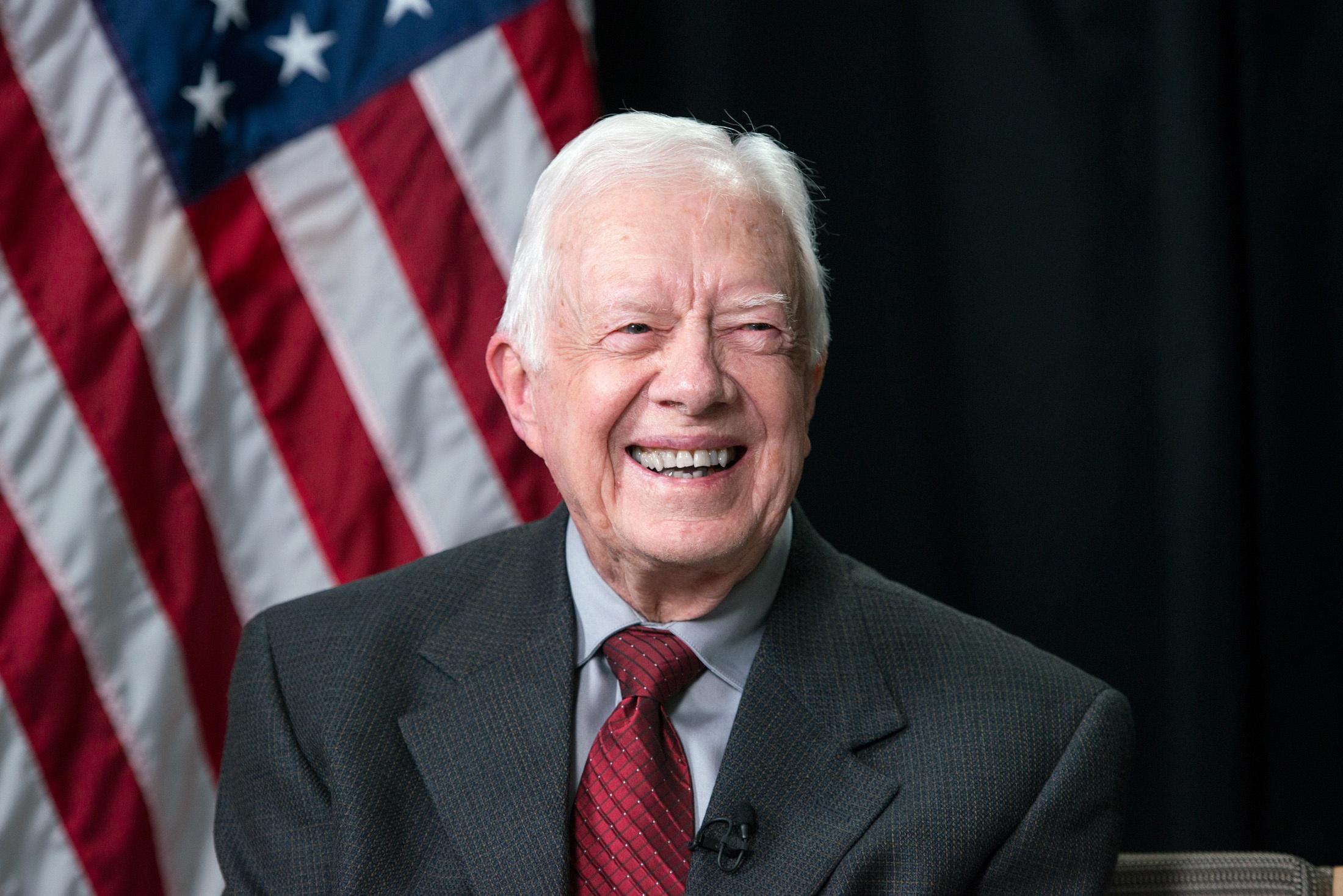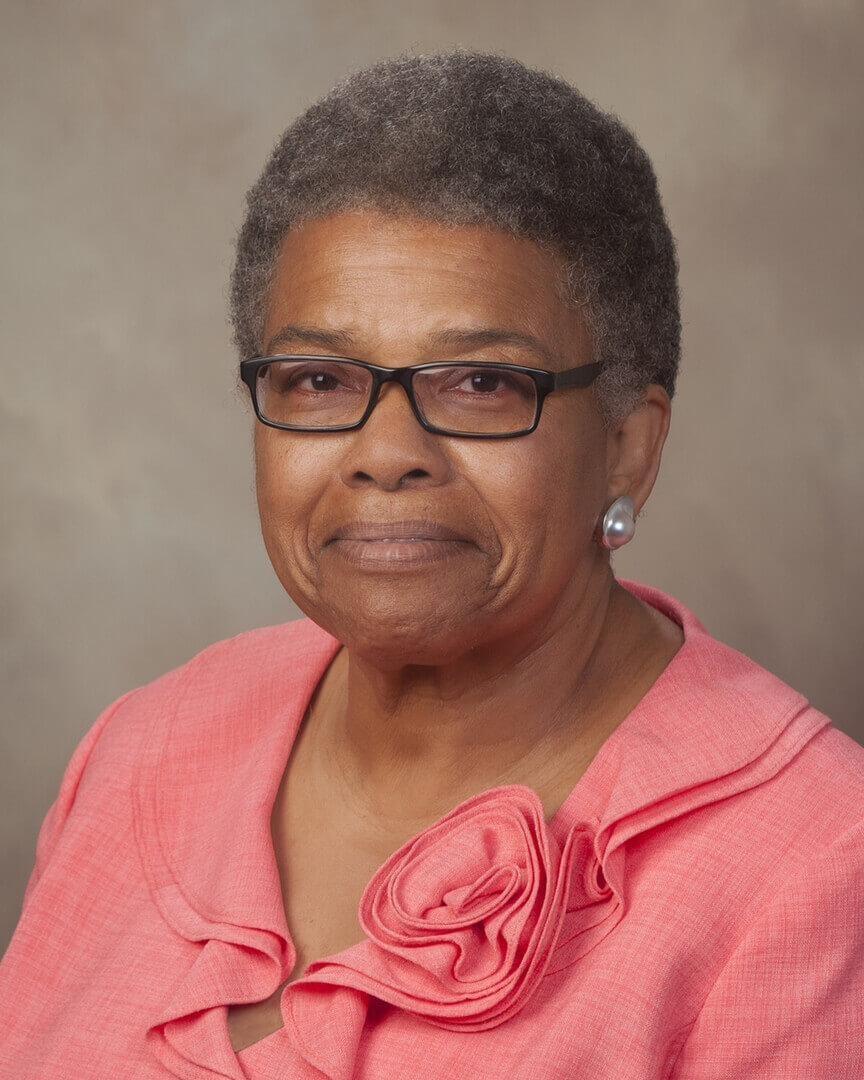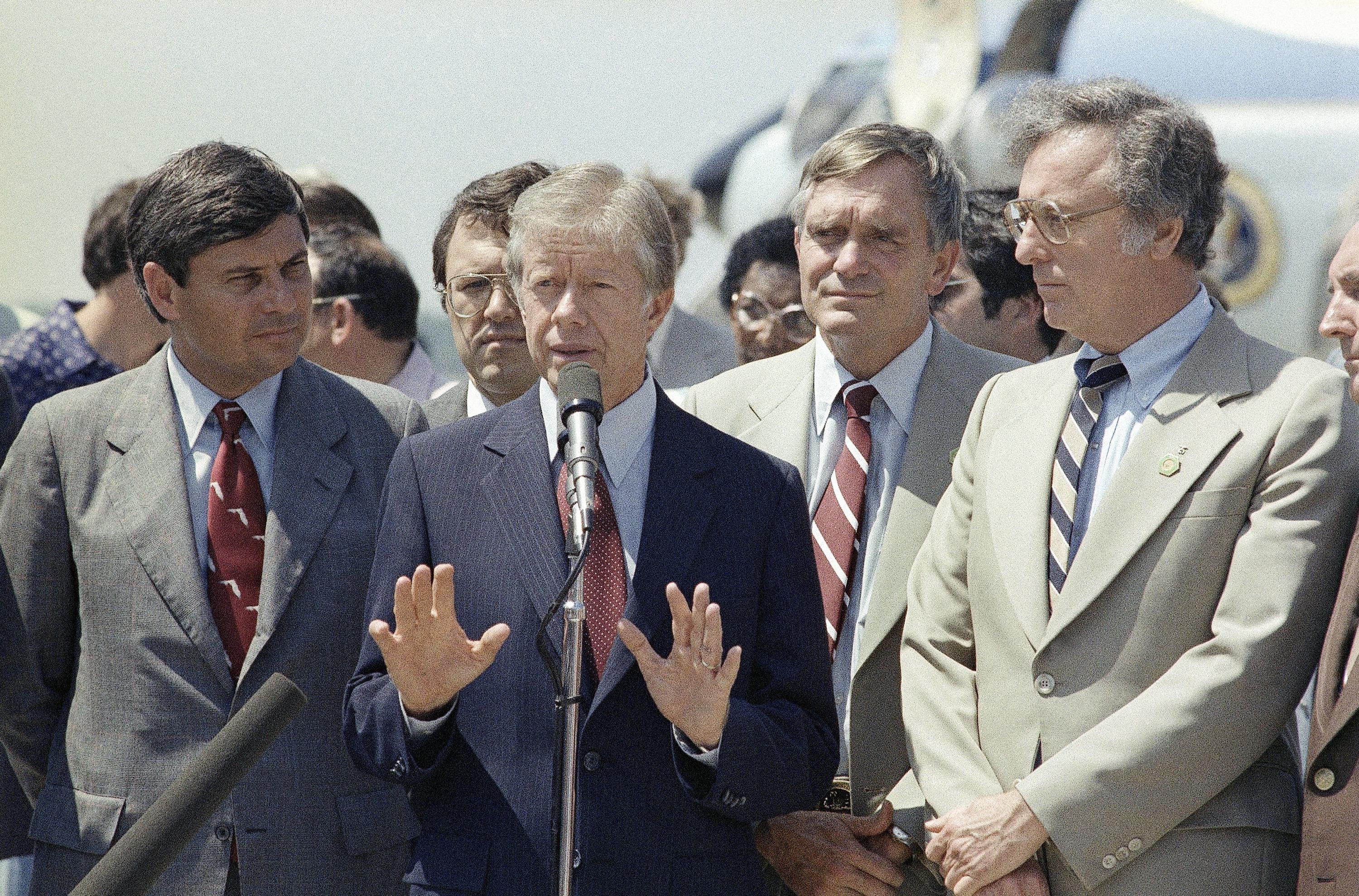“I met him in Jackson,” she said. “The thing that made me look at him differently is he was always smiling.”
Slaughter-Harvey, who's from Forest, is a monumental figure in Mississippi history. She was the first Black female graduate of the University of Mississippi Law School and went on to become the state’s first Black female judge.
“As part of [Carter’s] campaign, I was primarily responsible for getting out the vote,” she said. “That was a strength that I had and probably still have it. All over the state of Mississippi, I got individuals I worked with, individuals who were known to be community activists and who could deliver the vote if you had a good candidate.”
President Carter seemed to be just that for Slaughter-Harvey.
“He despised injustice,” she said. “He sort of reflected that in how he related to people. I then worked with him as part of his transition team, and I felt more comfortable in his presence than I’ve ever felt in the presence of a white man.”
President Carter chose Texas Congresswoman Barbara Jordan, who was Black, to deliver the keynote address at the 1976 Democratic National Convention, a decision that moved Slaughter-Harvey.
“My admiration and my respect for him just increased,” she said. “I was impressed with his support of black women. He pretty much gave me hope that there was a reason to be hopeful. That America, especially the legal system, would do the right thing.”






